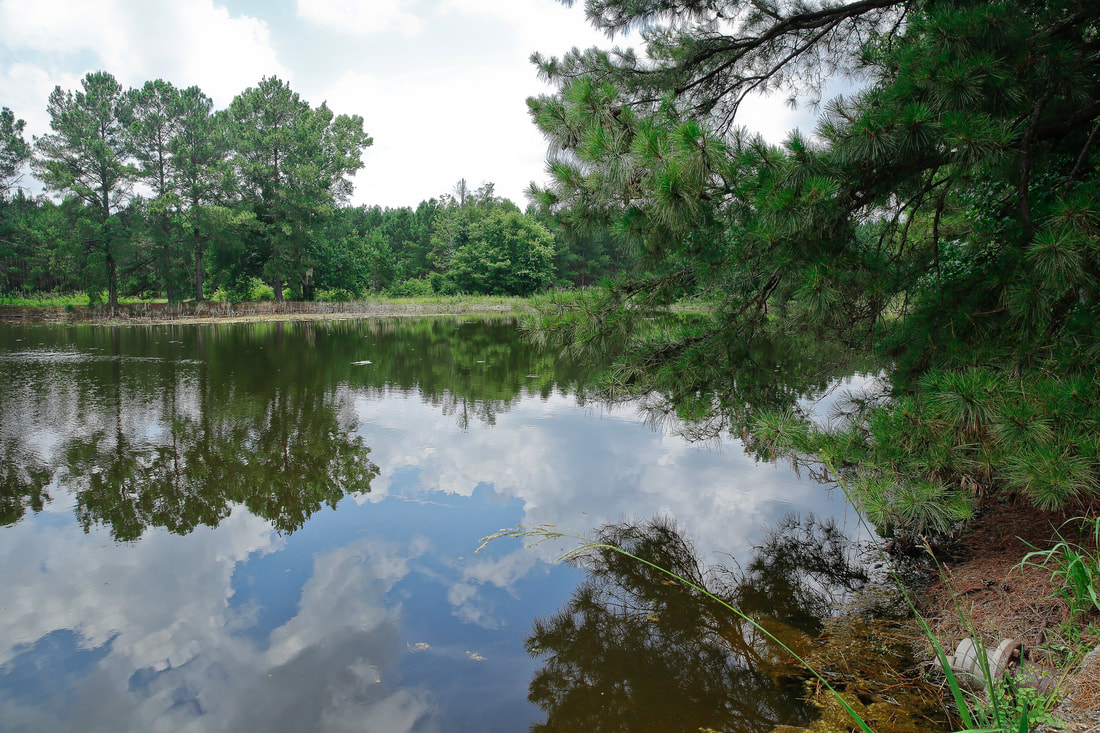Working for Water
Public and Private Collaboration Intentionally Focuses on Water Quality
By: Matt Hestad
February 20, 2019
Photography courtesy of Georgia Forestry Association
February 20, 2019
Photography courtesy of Georgia Forestry Association


